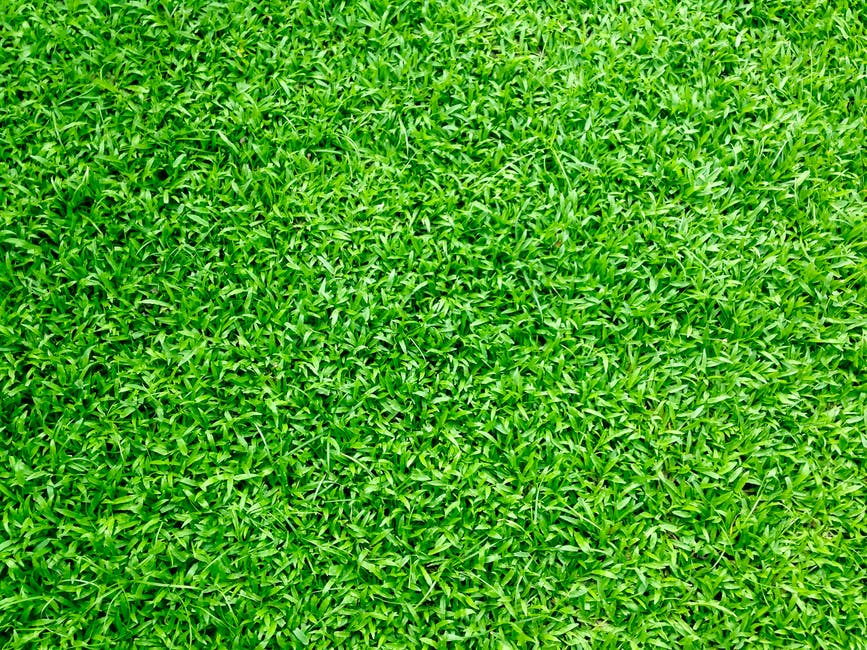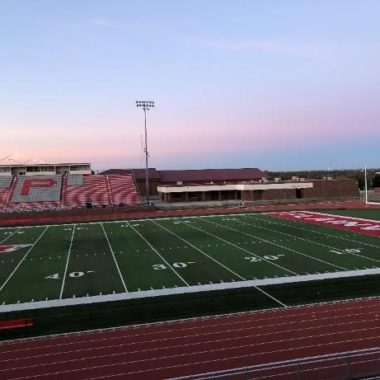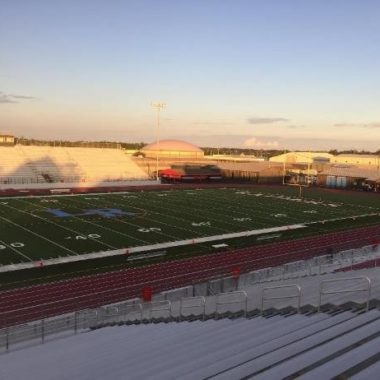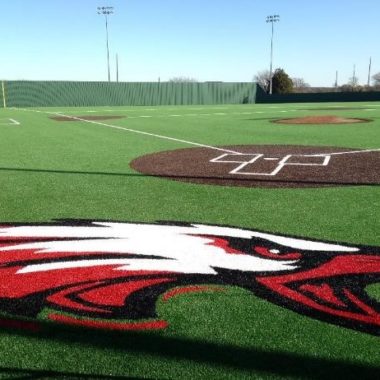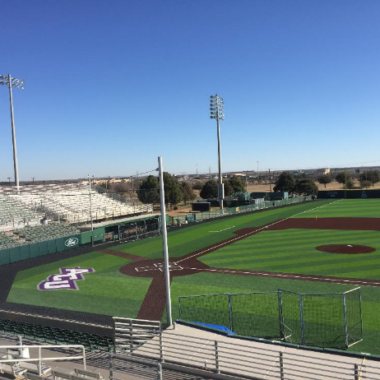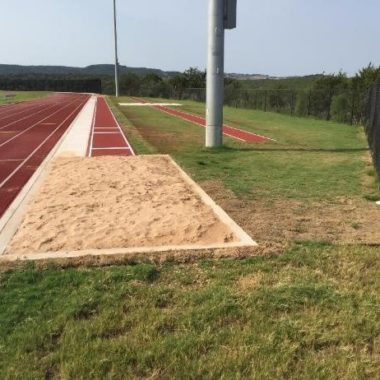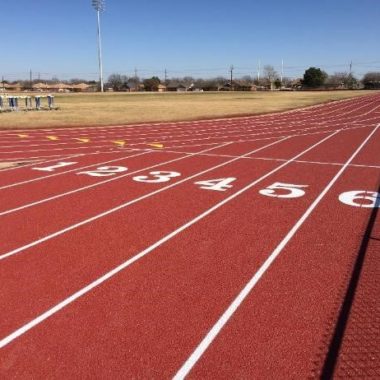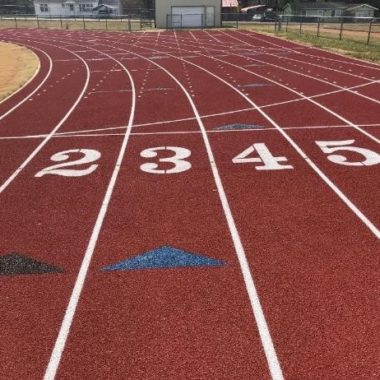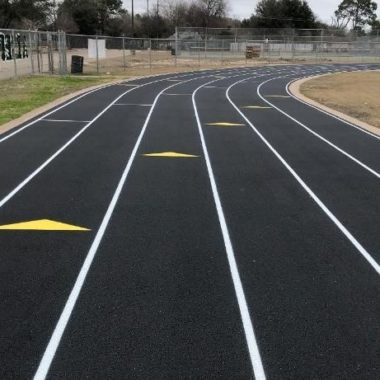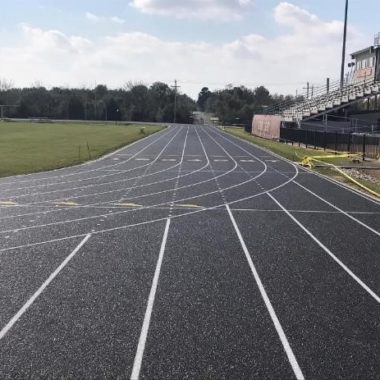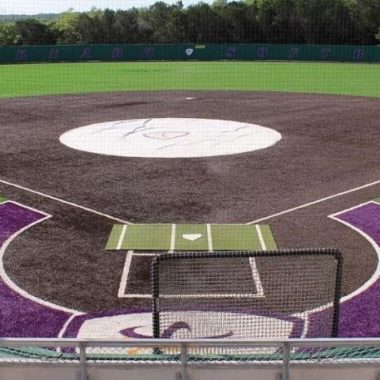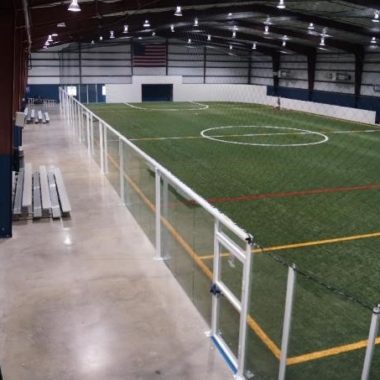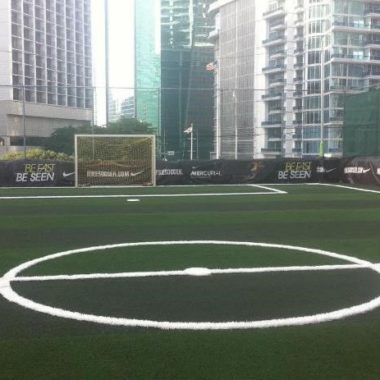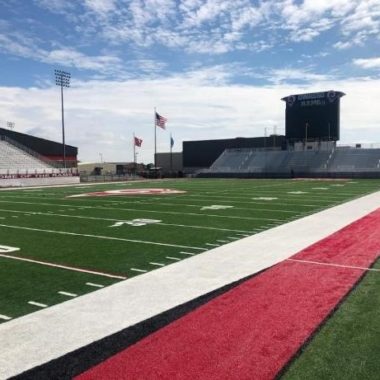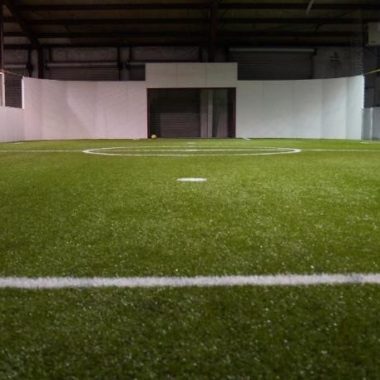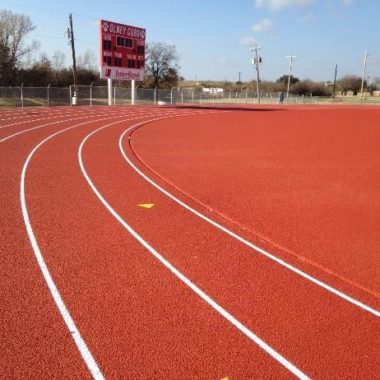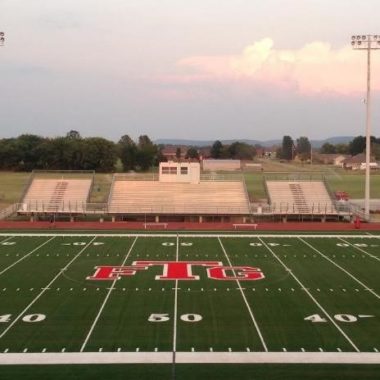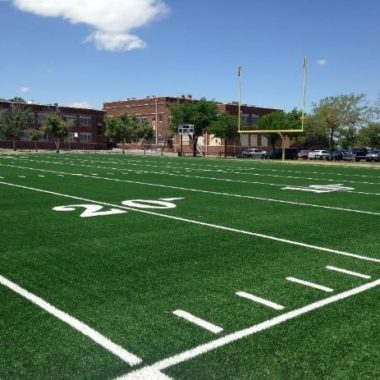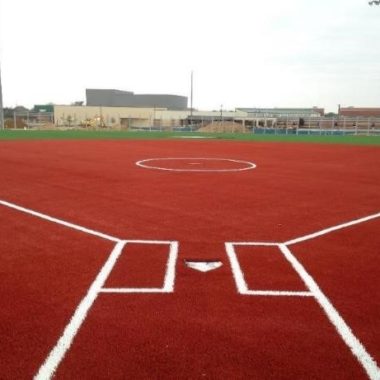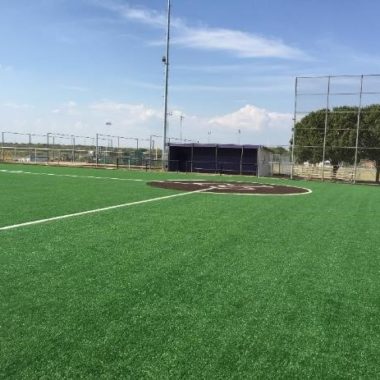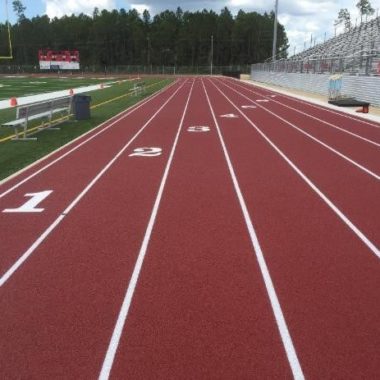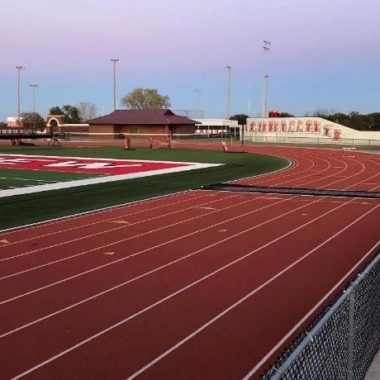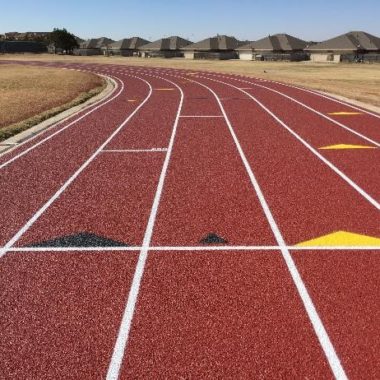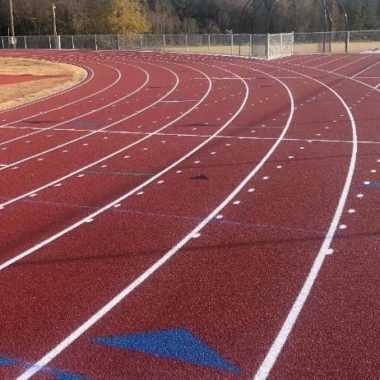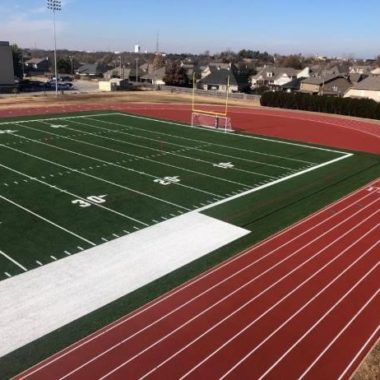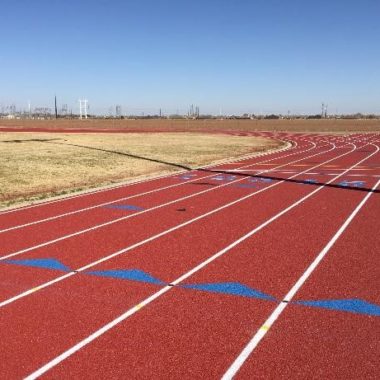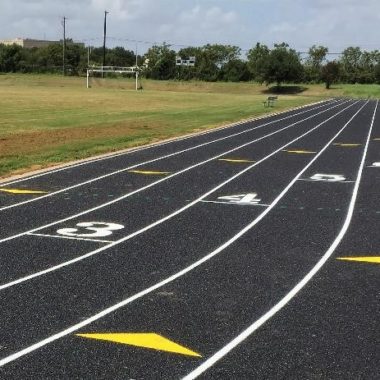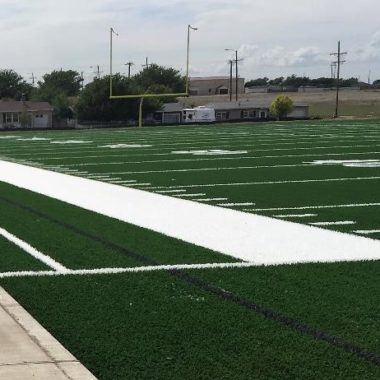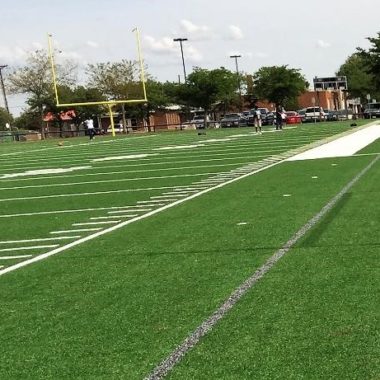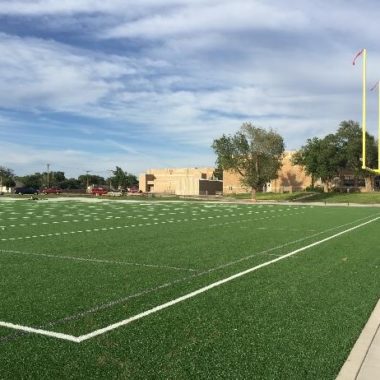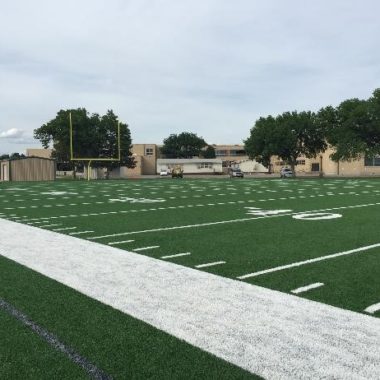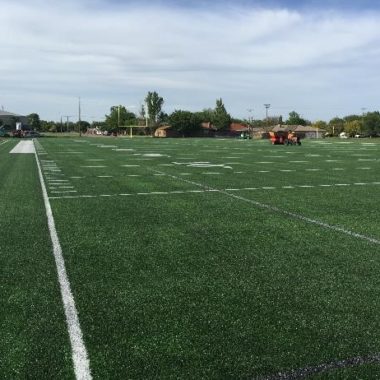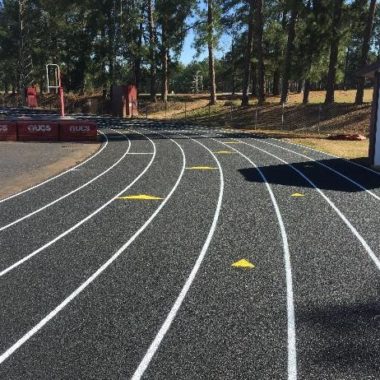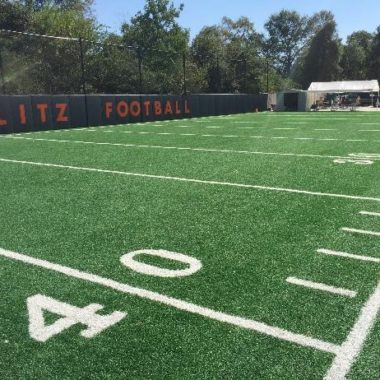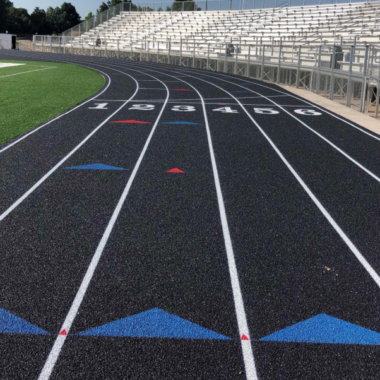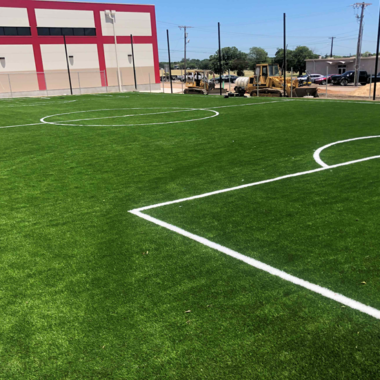Top-Notch Turf: 6 Artificial Turf Maintenance Tips
There is no way around it: natural grass is fickle and difficult to maintain. From moisture to temperature to soil content, there is a reason people go to school for years to learn how to manage it. It’s no wonder than more athletic facilities are opting for artificial turf instead.
While it is far more durable and less finicky, turf is not maintenance-free. There are still steps you need to follow to keep your facility durable and safe while also looking fresh and clean.
Whether you’ve had your turf for a day or a decade, use these turf maintenance tips to keep it in great shape.
1. Keep Your Players Safe
You know what they say: safety first. That is as true on an athletic field as it is in a car.
It’s important to keep your artificial turf sanitary and disinfected. While turf isn’t the bacterial buffet that natural grass is, your turf can still harbor some bacteria.
There are commercial products you can use to disinfect your turf. The instructions should tell you how often to use the product, but it will depend on how often you use the field too.
If you prefer a budget-friendly option, you can use vinegar and water. Make a solution with one part vinegar and one part water and spray a light layer throughout the turf.
2. Go Gentle When Possible
Artificial turf is far more durable than natural grass and it’s built to take the pressure of athletic activities. Still, you don’t want to put more strain on it than necessary.
This is why you need to start with the gentlest cleaning methods and step it up only when necessary.
On a weekly basis or before any athletic event, start with a leafblower. This will remove debris on the field without putting pressure on the turf.
For any remaining debris, your next step is a large push broom or a rake. Be sure to sweep or rake the field gently and in one direction alone.
3. For Stains, Consider the Turf to be Carpet
One of the few benefits to natural grass is that it has the infinite absorbant earth below it and it is always renewing and refreshing. If you spill something on grass, it seeps into the soil and you don’t see it again. It might not be healthy for the grass, but you won’t see a stain.
Artificial turf is different. In fact, treat spills on your turf the same way you would treat spills on your carpet.
When there is a spill, use an absorbent rag or paper towel to dab the spill. If you do this soon enough, you can prevent a stain from appearing.
If you do develop a stain, the process is also similar to carpet stain remover. Get a granular detergent and mix in a small amount of water. You only need enough water to make it a paste.
Use a rag or sponge to rub that detergent paste across the stain. Stroke it in one direction instead of going back and forth. When you’re done, rinse the area thoroughly with water.
4. Avoid DIY Repairs
If you want to keep your turf in tip-top shape, you shouldn’t mess around with shoddy DIY repairs.
For example, let’s say something happens that rips a tear in your turf. If you don’t get a quality repair, that spot will always be vulnerable and it is likely to tear again. It will do more and more damage every time until you need to replace the whole field.
Instead, hire a professional for your artificial turf repair. Our team can restore strength and integrity to your turf so you get more mileage out of your investment.
5. Be Careful with Cold Weather Management
Everyone knows that weather changes present challenges for natural grass. While artificial turf is far more resistant to winter weather, it still requires some knowledge and care.
For an outdoor field that accumulates snow, keep traffic on your turf to a minimum when there is snow. Otherwise, the foot traffic will pack down the snow and form ice.
If you have ice on the field, don’t try to manually remove it. This can damage the turf. Instead, allow the ice to melt naturally or use heat to help it melt more quickly.
As you do this, though, do not use salt to melt the ice. Salt can damage the backing on the bottom of your turf, which your turf needs to use as a protective barrier and an anchor to stay in place.
6. Get the Scoop from the Pros
All of these maintenance tips are helpful as general advice. However, different types of artificial turf can have their own quirks and needs.
This is why you need to have a chat with the professional who is installing your turf. We have expertise in turf maintenance in general and special insight into the specific turf you have as well as your facility.
With all that knowledge, we will be able to make specific recommendations about maintenance, protection, and how to get the most you can from your turf.
This is also one of many reasons to hire a professional installer instead of trying to install your own turf. With a DIY job, not only will you get a lower-quality installation because you aren’t as familiar with the material, but you also miss out on the specialized future expertise of a professional.
Staying On Top of Your Turf Maintenance
The key reason so many athletic facilities invest in artificial turf is that it requires far less maintenance and care to get a manicured look. While your turf maintenance is minimal, the trick is to make a plan and stick to it. Regular maintenance can help you prevent damage and stains so you can enjoy a beautiful look for years to come.
If you’re still looking for the perfect turf for your facility, look no further. Call our turf installation and repair professionals today to discuss your options.


